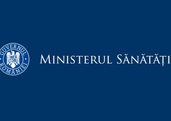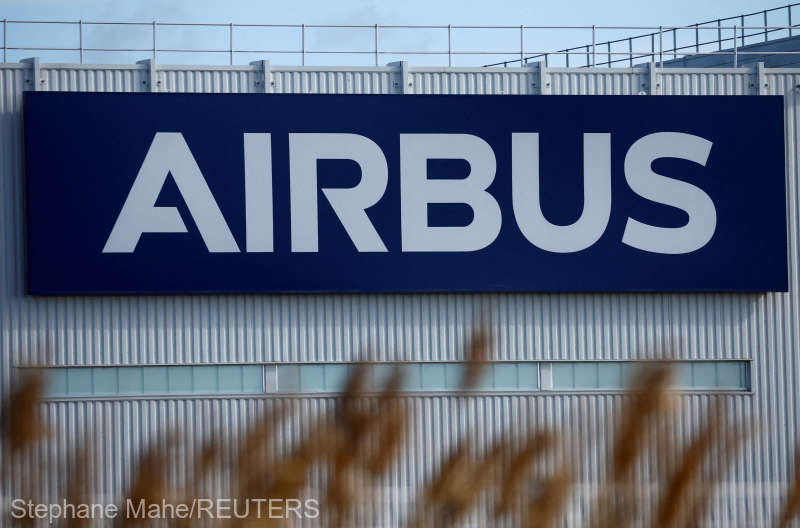The European Commission (EC) has reduced to 0.7%, from 1.4% in spring, its estimates for the growth of the Romanian economy in 2025, warning that the government deficit will remain at a high level, of 8.4% of GDP in 2025 and 6.2% of GDP in 2026, while the current account deficit is expected to decrease to 7.9% of GDP in 2025 and 6.4% of GDP in 2026, according to the autumn economic forecasts published on Monday by the commission.
"Romania's real GDP growth is expected to remain low at 0.7% in 2025 and 1.1% in 2026, as the necessary fiscal consolidation dampens private and public consumption, in turn further affected by a surge in inflation. Still, the economy continues growing thanks to a gradual recovery in private investment, an acceleration of RRP-funded spending and a sizeable improvement in net exports. In 2027, real GDP growth is set to accelerate above 2% as the pace of fiscal consolidation eases," according to the EC.
The labour market is set to cool down, while the slowdown in import-heavy private consumption in combination with resilient exports should gradually reduce the large external deficit. The general government deficit of 9.3% of GDP in 2024 is projected to decline to 8.4% of GDP in 2025 and 6.2% of GDP in 2026 due to several fiscal adjustment packages.
The same estimates read that in 2025, real GDP growth in Romania is set to slow down to 0.7% after 0.9% in 2024. Political and fiscal uncertainty impacted private consumption in the first half of the year, whereas the adoption of fiscal consolidation packages over the summer is set to further reduce disposable income, while public consumption should decline. A moderate recovery in gross fixed capital formation as well as resilient exports, are expected to support the economy.
In 2026, the full effect of the large fiscal consolidation measures, i.e. the freeze of public wages and pensions and tax increases, in combination with still elevated inflation, is expected to lead to a small contraction in private consumption. Public consumption is also forecast to drop further. However, gross fixed capital formation is expected to accelerate notably on the back of improved business confidence and completion of RRP investments. The decline in private consumption should also strongly contain the growth of imports, while exports are set to continue their positive trend as wage growth slows further, resulting in a positive contribution to growth of net exports. Overall, real GDP is set to grow by 1.1% in 2026.
"In 2027, inflation is forecast to decline and monetary policy is expected to ease, providing support to a pick-up in private investment and consumption. Despite the end of the RRF, gross fixed capital formation is set to hold up well, with Romania making larger use of cohesion funds. All in all, the economy is forecast to grow by 2.1%. The current account deficit is projected to gradually decline and reach 6% of GDP in 2027. Risks to the forecast are tilted to the downside. A large deviation from the fiscal consolidation path could erode confidence and macro-economic stability. The full implementation of all RRF investments remains a challenge, together with uncertainty regarding international trade."
In 2025, employment started to decline due to softer economic activity, leading to a gradual increase in the unemployment rate. Still, the inflow of foreign workers continued, indicating robust labour demand in some sectors like construction and services. The unemployment rate is projected to increase slightly above 6% in 2025 and to decline gradually to 5.6% over 2026 and 2027. The freeze in public wages and moderation of private ones in 2025 and 2026 are set to strongly slow nominal wage growth, turning it negative in real terms. After large increases, wage growth moderation is likely to support external competitiveness.
After HICP Harmonised Index of Consumer Prices inflation declined to 5.8% in 2024, price increases accelerated in the third quarter of 2025. The elimination in July of the cap on electricity prices for households together with the rise in VAT and excises pushed up HICP inflation to 8.6% in September. Average HICP inflation is projected to increase to 6.7% in 2025 before declining to below 6% in 2026 in line with weak private consumption and strong disinflationary base effects. The removal of the cap on natural gas prices in March 2026 is likely to slow the disinflation process.
After peaking at 9.3% of GDP in 2024, mainly driven by rapid expenditure growth, Romania's general government deficit is projected to decline by more than 3pps, and reach 5.9% of GDP in 2027. This decline reflects the adoption of several packages of fiscal consolidation measures since the end of 2024. The fiscal stance is expected to be contractionary in 2025 and 2026, before turning neutral in 2027. Defence expenditure is projected to gradually increase from 1.6% of GDP in 2024 to 2.0% of GDP in 2027.
The European Commission publishes two comprehensive forecasts (spring and autumn) each year, covering a broad range of economic indicators for all EU Member States, candidate countries, EFTA countries and other major advanced and emerging market economies.
The European Commission's Spring 2026 Economic Forecast will update the projections in this publication and is expected to be presented in May 2026.

































Comentează